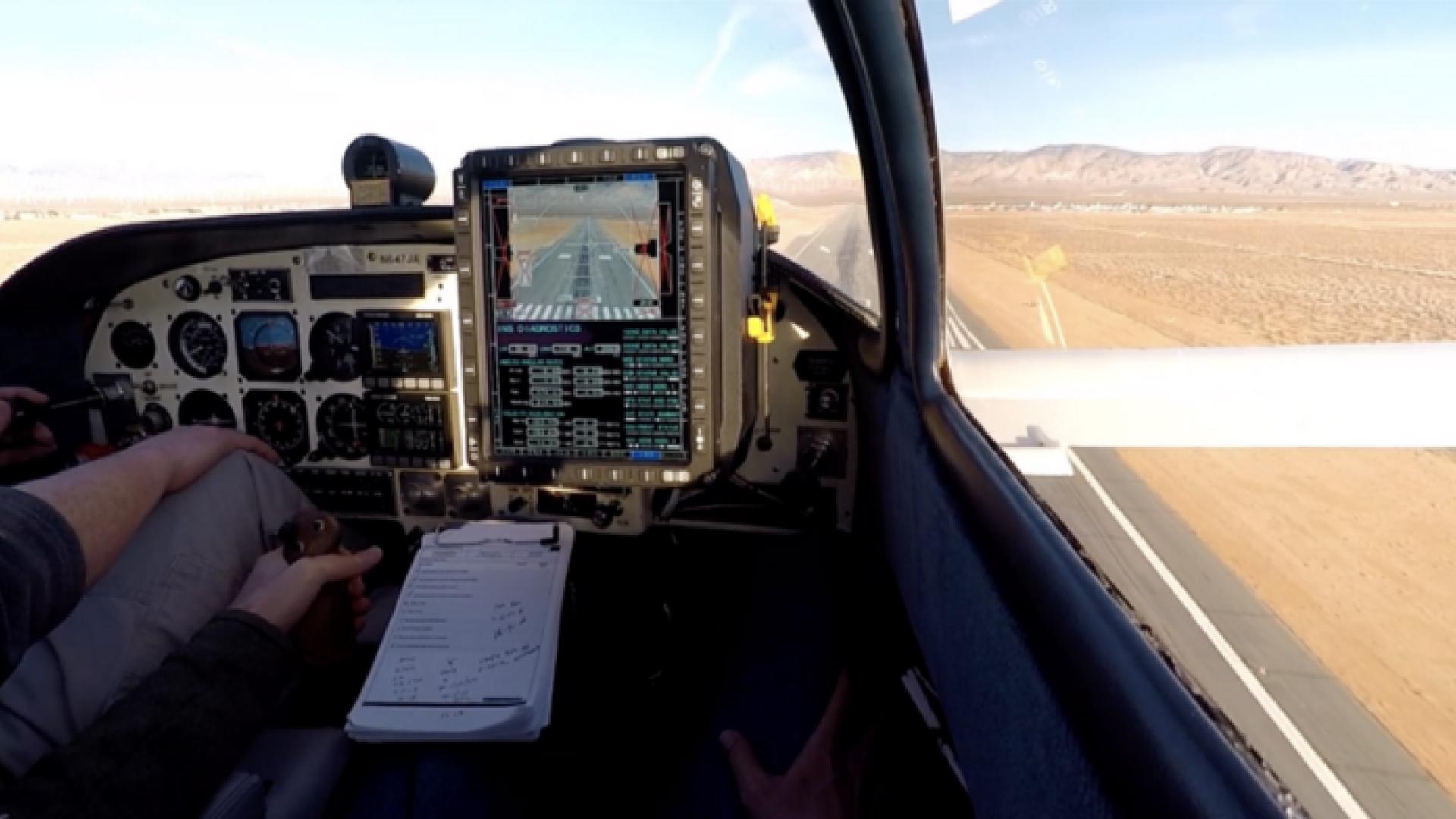
Credit: Boom supersonic
Supersonic airliner developer Boom is evaluating a forward-looking vision system (FLVS) as part of preparations for flight tests of the XB-1 high-speed demonstrator as well as design planning for the follow-on full-scale Overture passenger aircraft. Similar to the External Vision System (XVS)...
Subscription Required
This content requires a subscription to one of the Aviation Week Intelligence Network (AWIN) bundles.
Schedule a demo today to find out how you can access this content and similar content related to your area of the global aviation industry.
Already an AWIN subscriber? Login
Did you know? Aviation Week has won top honors multiple times in the Jesse H. Neal National Business Journalism Awards, the business-to-business media equivalent of the Pulitzer Prizes.

